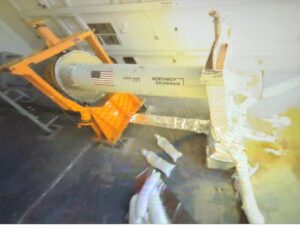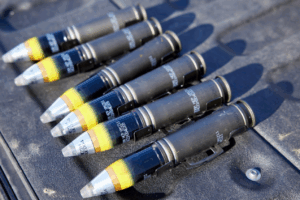
Chinese-made ship-to-shore cranes being used at U.S. seaports have built-in design vulnerabilities, but Coast Guard inspections of these assets have not uncovered any evidence of tampering or malware, a service official said on Thursday. The design vulnerabilities stem from open connections that enable outside monitoring and system maintenance of the cranes but are still a concern given the People’s Republic of China’s interest in having a cyber presence on critical infrastructure, Rear Adm. John “Jay” Vann, commander, Coast Guard Cyber…

 By
By 











